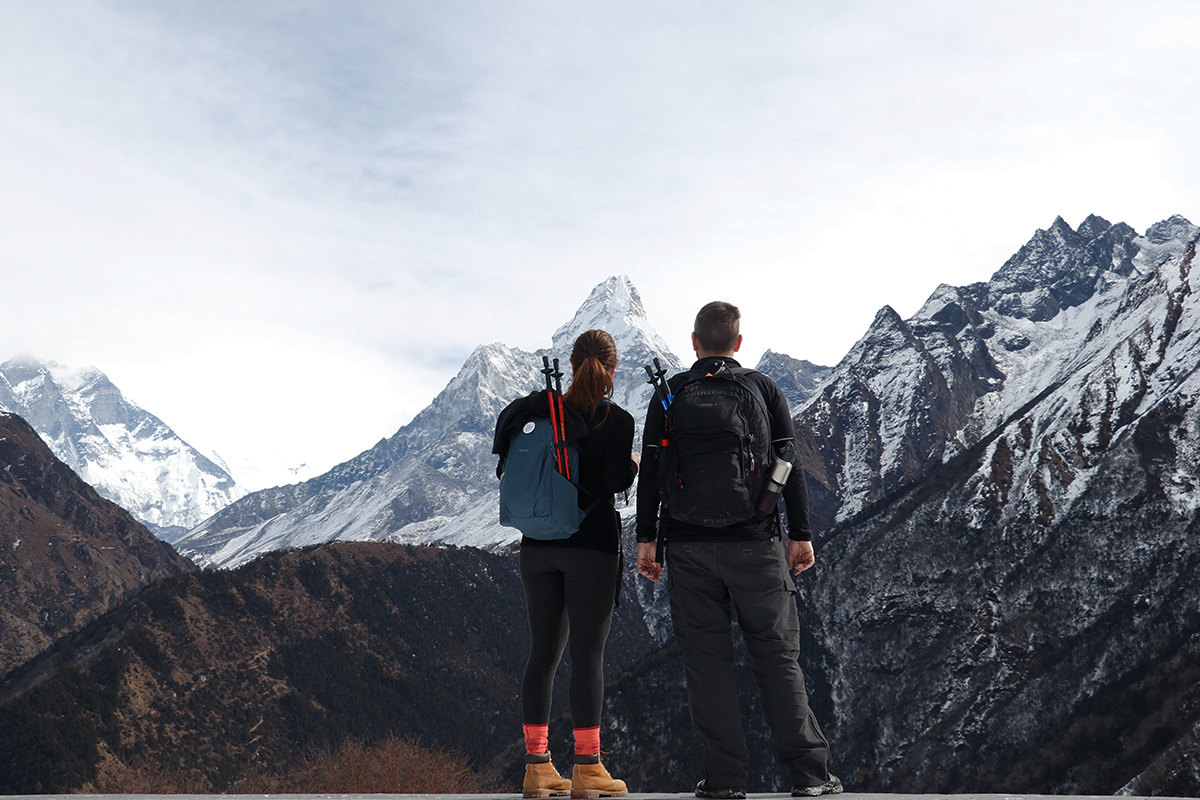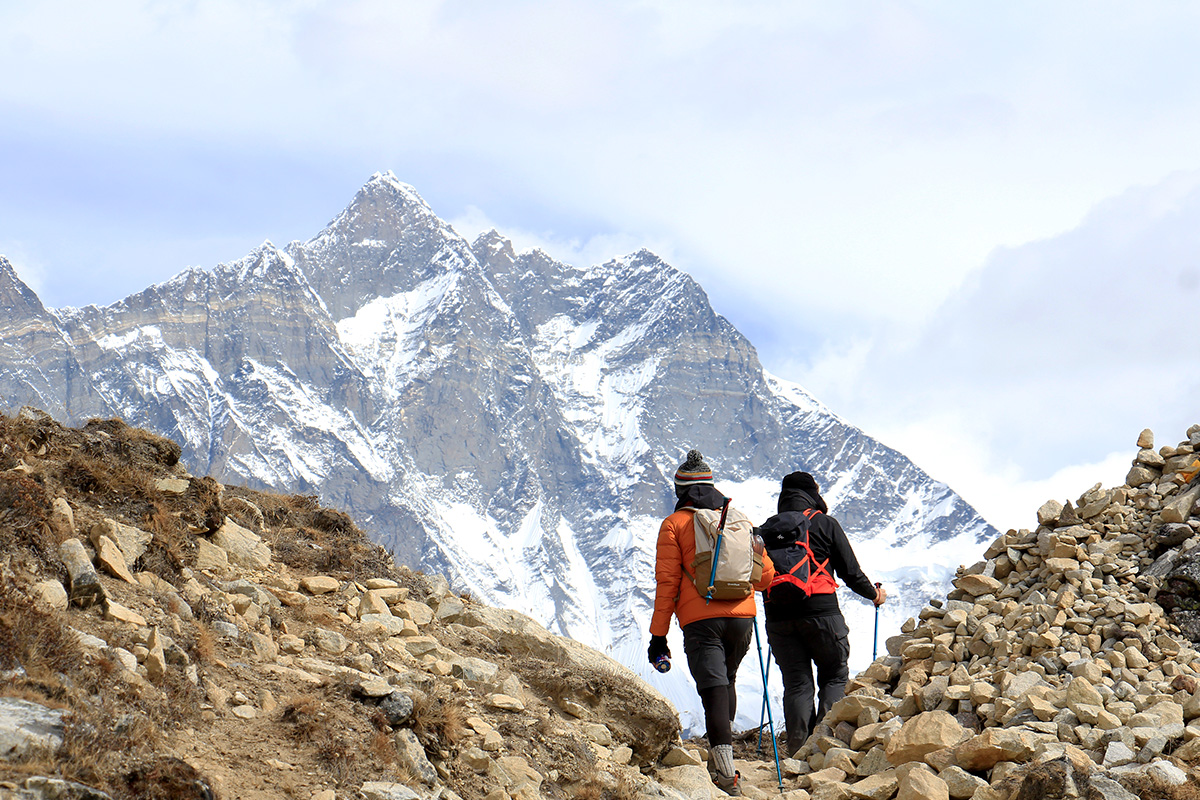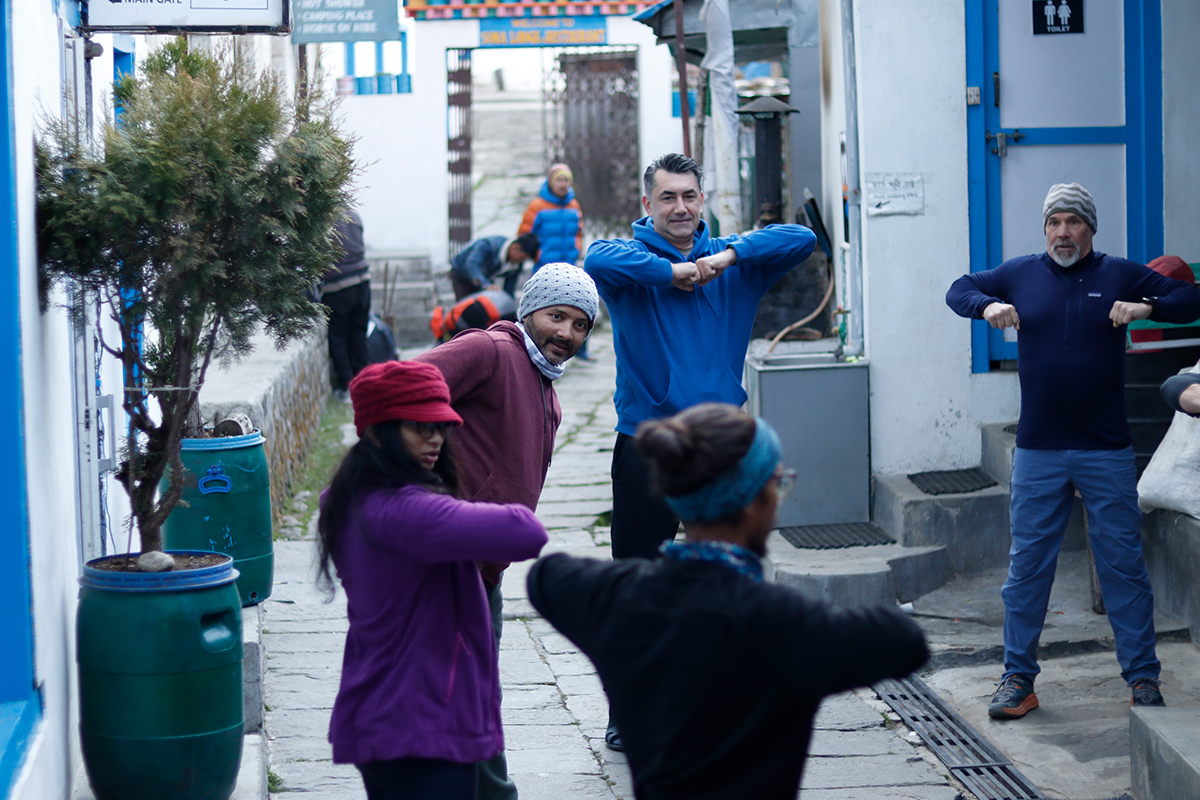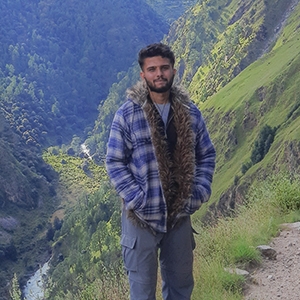Everest base camp trek is a classic journey and unquestionably the most popular trekking route in the world. You will reach the foothills of Mt. Everest, the world's tallest mountain (8,848.86 m). Everest base camp trek has been a traveler's aspiration since Sir George Everest first telescoped the mountain in 1856 and Mt. Everest was depicted on the world's map in 1856, whereas this trekking has been popular since Edmund Hillary and Tenzing Norgay Sherpa reached the summit of the world's highest peaks in 1953. The Everest Base Camp journey is intended to fulfill the aspirations of individuals who wish to ascend the world's highest summits. Footprint Adventure has a carefully crafted itinerary with a number of rest days, which provide you with amazing methods to acclimatize and explore the grandeur of the beautiful Himalayas above 8,000 meters, including Mt. Everest (8,848.86 m). In addition to these world's tallest peaks, you will experience spectacular views of numerous other Himalayan peaks above 6,000 meters, such as Mt. Nuptse (7,855 m), Mt. Amadablam (6,812 m), Mt. Pumori (7,161 m), Mt. Thamserku (6,623 m), Mt. Kantega (6,685 m), Mt. Lingterin (6,680 m).
It is recommended that those training to trek to Everest Base Camp work on their cardiorespiratory fitness, physical endurance, and ability to hike with a heavy daypack upwards for extended periods of time. Ideally, you would start going on hikes or long walks at least once a week, starting 8-12 weeks before your journey. Walking or hiking for five or six hours straight with only short breaks is a good goal to work toward. Most healthy persons should be able to complete the Everest Base Camp trek without too much trouble. However, you must train for the trek in order to be ready for the unique challenges of mountain hiking. If you have any health problems, you should talk to a doctor before making plans for your walk or beginning a training regimen.

Before setting off on your adventure, it is prudent to begin conditioning. If your current level of fitness leaves much to be desired, it may be helpful to engage in more traditional forms of training like aerobics and mild weight training. However, the best way to get your body ready for the climb to Everest Base Camp is to engage in physical activity that, to the extent feasible, replicates the strain you'll put on it during the actual climb and descent. Climbing and descending steep inclines while carrying a heavy pack is essential.
- Some basic choices to keep your body fit for the trekking
- Gradually walk up to 5-6 hours nonstop
- Take your time to prepare thoroughly for the trek
- Carry your daypack around with you and gradually increase the weight to 25 pounds
- Any time you have a choice, go for the hilly, rough terrain
- Take a long walk or a hike
Even when you're hiking, make it a habit to walk slowly on the trail If you are concerned about your health in any way, you should consult a doctor before making plans for your trip or beginning a training schedule.
How strenuous is the trek to Everest's foot?
Everest Region Trek is the most desired trek in the Himalayas. While it's true that any trek at a high altitude carries some degree of danger, the Everest Base Camp Trek is actually rather safe. Since hikers ranging in age from 17 to 70 have successfully completed the EBC Walk, it may be safely assumed that anyone with enough motivation and perseverance can complete the trek. We have a wide variety of treks in the Everest region for the adventurous traveler. In addition, the tasks are strenuous. You'll be making some steep descents and ascents along a rocky trail before making your way to a precariously narrow rickety walkway. The path is not impassable, but you should be careful and stick with your guide. It's going to be an exciting time for you.

What kind of preparation/training is needed for a trip to Everest Base Camp?
In spite of your confidence in your physical and mental preparedness for a mountain trek, you should be aware that you still face significant challenges in the mountains. If you decide to move without first getting the proper training, you run the danger of developing altitude sickness. But even if you're just starting out, if you prepare properly, the hike won't be too difficult. The ideal form of exercise for trekking can be any of those mentioned below.
- Indulge yourself in hiking activities
- Focus more on fitness and workouts
- Practice cardio exercises twice a week
- Focus on your daily diet to keep yourself in a good condition
- Acclimatization Practice
- Stay hydrated, and avoid tobacco and alcohol
- Take your time breaking in a new pair of boots if you decide to buy some, and wear the ones that fit best right now
- Practice breathing exercises
If we trek to Everest's base camp, will we need to bring an oxygen bottle?
Just take it easy, eat well, and get enough rest when you're in a high-altitude region. As you climb higher, you'll find it harder to breathe, and you'll need to be wary of the effects of high altitude sickness. Getting to Everest Base Camp typically doesn't necessitate the use of oxygen bottles or tanks. In addition, experiencing typical symptoms of high altitudes, such as additional breathing, increased urine, disturbed sleep, and irregular breathing at night is highly frequent for those who travel to high altitudes.
Do we need to be elite athletes for the Everest base Camp trek?
4-6 weeks of cardiovascular exercise prior to visiting Nepal is recommended for trekkers to prepare their bodies to acclimate to the altitude. No, neither elite-level athleticism nor prior expertise with high-altitude hiking is prerequisite; however, you should be able to walk for several hours upwards while making sure your body is prepared for the exertion. While many visitors from wildly different backgrounds have made it to the EBC without incident, that doesn't imply you should forgo the necessary preparation.

What can we do for strength training before the trek?
Always double-check that your exercise technique is accurate before you start seeing results. If you are doing the exercises wrongly, this will often injure instead of heal you. In addition to focusing on your legs, you should also work on strengthening your upper body because you'll be lugging supplies the whole route. Here are some major exercises to build lower and upper body strength.
- Shoulder Presses
- Push-ups
- Sit-ups
- Squats
- Step aerobics
Can trekkers over the age of 50 make it to EBC?
The only limitation is that you shouldn't be on any strong medications or have any serious health conditions. Make sure to take it easy and fuel up well before setting out on the journey if you're over the age of 50. Trekking is more enjoyable at a slower pace, so don't feel pressured to hurry. It doesn't matter if you're 50 or 60 years old for this trek as long as you're in good physical and mental shape. Additionally, there are no age restrictions for the Everest Base Camp expedition.
Mental fitness for the EBC trek
The journey to Everest Base Camp is arduous. Therefore, it is essential to have a positive frame of mind if you want to enjoy the trip. In spite of the difficulty involved, there are strategies for enhancing mental endurance that can be practiced. The greatest way to do this is to put yourself in a position where you are physically challenged. Other than that a good diet plan and morning yoga and meditation will surely help you. As a fitness and motivational aim, this is excellent. If you're able to do that, then you should have no trouble making it to Everest Base Camp.
Top tips to train for Everest Base Camp Trek
Don't think that the Everest Base Camp Trek will be easy
The trek to Everest Base Camp is arduous and shouldn't be taken for granted. The real key to success is the altitude and getting used to how little oxygen there is. This will make your trip to Everest Base Camp more fun and safer. This is very important if you want your Everest Base Camp Trek to go well.
Before you go on your trek, cut back on your training
Get some shut-eye so you can begin your journey feeling refreshed. Knowing that you are healthy and well-prepared for a vacation not only relieves stress but also enhances your confidence, helping you to make the most of your adventure.
Select an appropriate acclimatization plan
The Everest Base Camp Trek is a challenging trek that reaches a height of 5,545 meters. It becomes increasingly difficult to breathe as altitude increases. Putting together a training plan and gradually improving your level of fitness over a longer period of time will not only help you prevent injury but will also improve your performance in the mountains. This means that you should probably pick a different location for your first hike if it will involve high altitude. There are numerous additional high-altitude treks in Nepal, such as the Annapurna Base Camp trek and the Langtang Valley trek. These trips could serve as acclimatization hikes to help you reach Everest Base Camp.

Focus more on good nutrition
Increase your nourishment to match your increased training intensity. When you increase your muscle mass and strength, you increase your caloric and nutrient needs. Staying nourished is important. If you want to be powerful and keep your level of fitness up, you need to eat a balanced diet. Your body and glucose stores will be put under increased stress as you begin working out and training more intensely. Therefore, it is prudent to provide your body with sufficient energy before and after exercise.
Focus on cardio training (2-3 times a week)
Cardio exercises (such as walking, jogging, swimming, and cycling) condition the body to exert itself with a diminished supply of oxygen. If you can maintain your breathing steady and your mind clear at high altitudes, you'll have a far more pleasant hiking experience. Alternate your training routine and keep your muscles guessing. Carry your day pack and walk uphill for several hours, this lets your shoulders adjust the weight and experience carrying the additional weight.
Practise Hiking
This should be your top priority if you can only pick one area to focus on in your training schedule. Put on your hiking boots and set out on your journey. Attempting to simulate conditions as close to those at Everest base camp as feasible is the most effective kind of preparation. Hiking long distances and practicing elevation gain and loss requires proper boots, a weighted daypack, and plenty of time outside. You may train your body to walk for long periods of time by going on hikes. To build up your stamina, begin at a distance that you feel somewhat comfortable with and gradually increase it. You should have done at least three 5- to 6-hour-plus day treks before your EBC climb. You'll be in good shape for your Everest expedition if you can accomplish this without too much trouble.
.jpg)
Conclusion
If you follow our training tips and plans outlined above, you can have the incredible experience of trekking to Everest Base Camp no matter your age, ability, or degree of physical fitness. Acclimatization to high altitude is a crucial part of the Everest Base Camp journey. For this reason, most people have to turn around. If you spend at least one day acclimatizing at Namche Bazaar and Dingboche and don't experience any severe symptoms of altitude sickness, you should be able to go to Everest Base Camp without any problems. The best approach to avoid becoming sick from the altitude and to have fun on the trip is to take it easy and take your time. High Altitude Sickness can affect even the fittest of people, so it's crucial to keep that in mind. Physical fitness will aid in enduring the difficulties of the trek and increasing enjoyment, but it will only have a limited effect on how your body adjusts and responds to the high altitude.
Taking into account the preceding discussion above, we can confidently assert that if you make sufficient prior preparations and maintain a physically fit body, you may achieve your objective of trekking to the Everest Base Camp.






.jpg)
